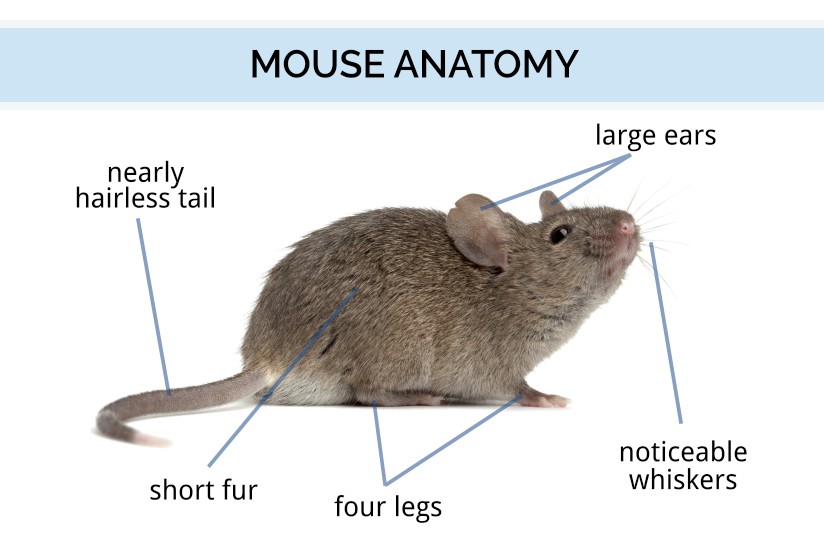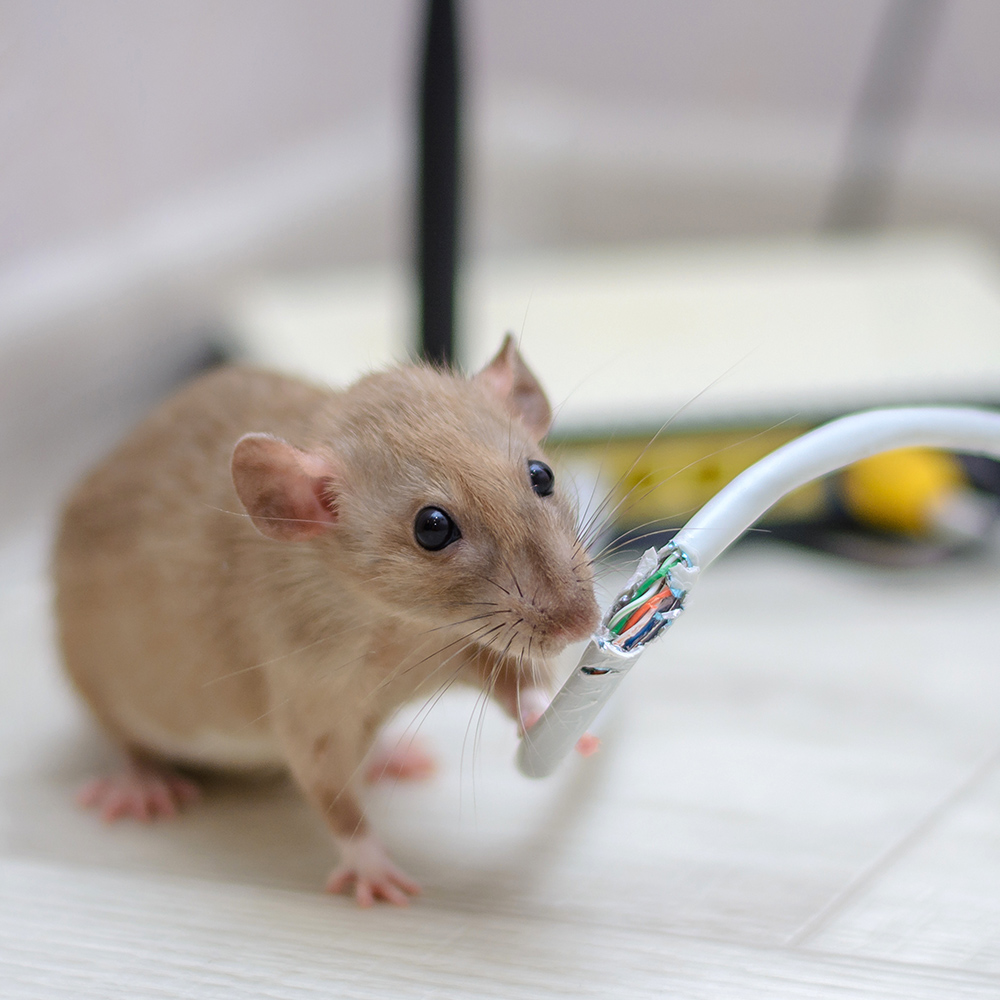Small Black House Mouse
The house mouse has large ears as seen photo below pointed nose and little eyes.

Small black house mouse. They are known to nest in walls cabinets and other areas around the home. Next to humans the common house mouse is one of the most prevalent mammalian species in the world. They are excellent jumpers swimmers and climbers and can scale rough and vertical surfaces. Greeting cards ecards scrapbooking rubber stamps address labels t shirts much more.
They are most commonly seen living within or near human habitations. They may also be used as laboratory subjects and contribute greatly to. Its been documented that water voles will. Among the most common types of home invaders is the house mouse.
Mice also can jump 13 inches high and can run along wires cables and ropes. The house mouse weighs about 12 to 1 oz as an adult. The house mouse is typically either black or dusty gray in color and likes to nibble ferociously especially on food in the pantry or treats left out on tables. Native to asia these rodents have spread throughout the world.
And if an opening is not big enough to squeeze through the mouse can gnaw it until it is big enough. Its ears are rounded and almost hidden and it has a dark slightly furry tail. Small and humble this little critter seldom works to unnerve us alone. A mouse can slip through holes and gaps as small as 14 inch or roughly the size of a pencil.
House mice prefer to nest close to food sources and normally will nest within 30 feet of them. Hundreds of whimsical designs. The tail is as long as the head and body combined. House mice are the most likely mouse encountered in a home.
House mice are 65 to 95 cm long in body length. And when a rodent creeps into your home through a crack or gap or gnaws on drywall stored boxes and paper or even wiring to make its nestwhile urinating and dropping feces as it travels it can be a danger and health hazard to your family. They usually are grey to brown on top with a light colored belly. The common adage is that if you see one mouse there are likely many more that you cannot see.
Mice can be identified from. The house mouse is a small mammal named for its propensity to live within human habitats. It eats vegetation including grasses reeds and sedges that grow near the waters edge and nearby bulbs roots buds twigs and fruits. The house mouse mus musculus is a small mammal of the order rodentia characteristically having a pointed snout large rounded ears and a long and hairy tailit is one of the most abundant species of the genus musalthough a wild animal the house mouse has benefited significantly from associating with human habitation to the point that truly wild populations are significantly less common.
The fur color varies but it is usually a light gray or brown but could be darker shades. House mice can be very destructive by gnawing on.






